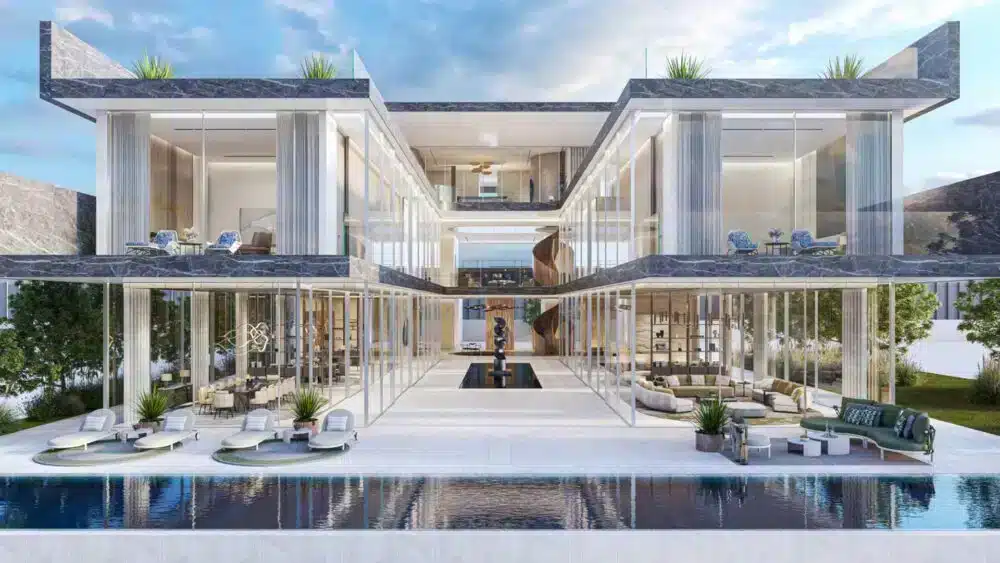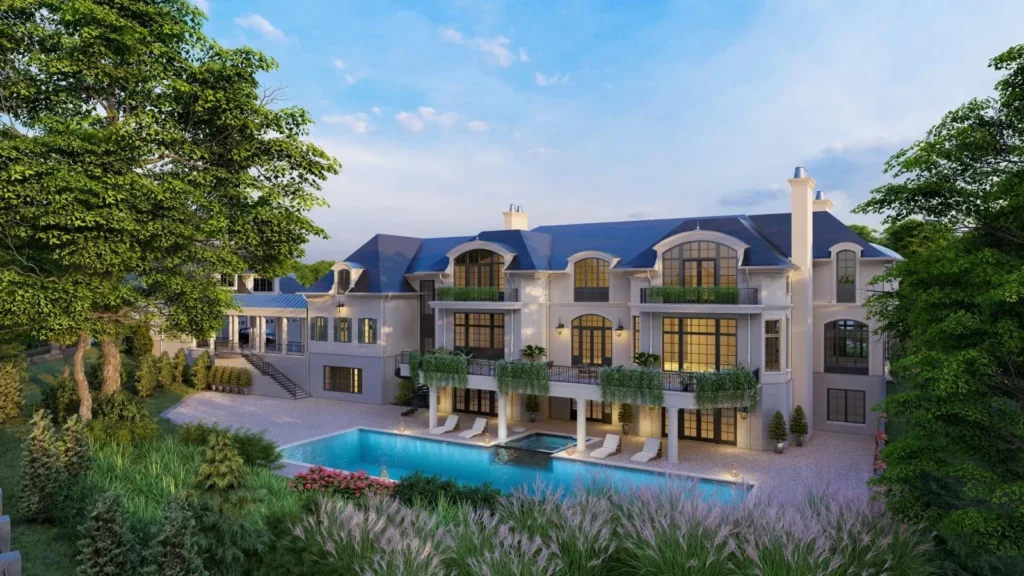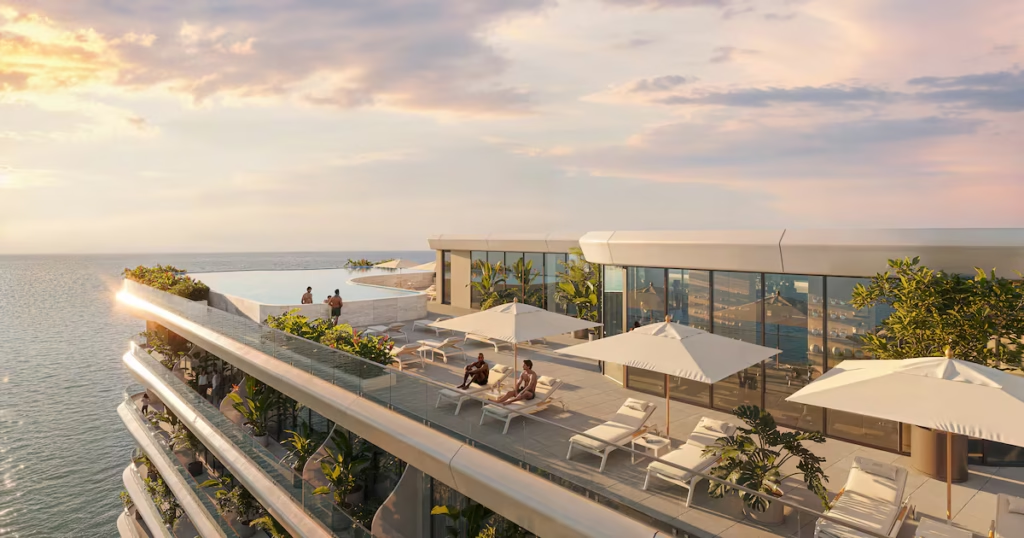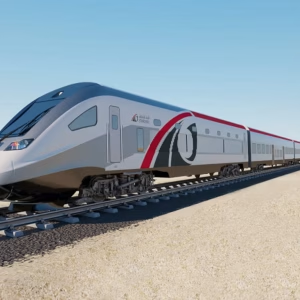Abu Dhabi’s vision for urban innovation and retail excellence has taken a giant leap with the announcement of a new mini-city being developed between Abu Dhabi and Dubai. This ambitious project, valued at approximately Dh55 billion ($15 billion), is set to transform the region’s urban and retail landscapes. Strategically located, this mini-city is not just another real estate development; it is a statement of the emirate’s intent to redefine connectivity, lifestyle, and commerce in one of the fastest-growing regions in the world.
This development is being hailed as a milestone in Abu Dhabi’s retail rise, promising to become a destination for shopping, living, and recreation for residents and visitors alike. With its unprecedented scale and comprehensive planning, the mini-city is expected to impact everything from residential living and commercial activities to culture and tourism in the UAE.
Strategic Location and Vision
The mini-city is strategically positioned along the Abu Dhabi Dubai motorway in the Al Mamoura district, offering easy access to both emirates. Its location allows seamless connectivity for commuters and tourists, effectively serving as a bridge between the two economic powerhouses of the UAE. The placement of this mini-city underscores the developers’ intention to create a central hub that is accessible, attractive, and primed for growth.

The area was chosen not just for its geographical advantages but also for its potential to accommodate large scale urban planning. Proximity to major airports, highways, and business districts ensures that the mini-city will become a key node in the region’s urban and commercial network. Its strategic positioning is expected to draw attention from investors, businesses, and residents seeking a modern, integrated lifestyle.
The vision behind the project extends beyond mere infrastructure. It is designed to create a self-sustaining community where residents can live, work, learn, and play without needing to travel long distances. This holistic approach to urban planning reflects global trends in city development, where convenience, accessibility, and community engagement are prioritized.

Comprehensive Urban Planning
The Abu Dhabi mini-city is designed to be a fully integrated urban ecosystem, blending residential, commercial, educational, and recreational spaces into a cohesive and sustainable environment. The planning process has considered every aspect of city life, ensuring that the development can cater to the diverse needs of residents while simultaneously boosting retail and tourism opportunities.
Residential Units
At the core of the mini-city are its residential offerings. The development will feature 14,000 apartments, 1,700 villas, and 1,000 townhouses. This variety of housing options is intended to accommodate a broad demographic, from young professionals and small families to expatriates and affluent residents seeking luxurious living.
The residential component is not just about quantity; it emphasizes quality of life. Green spaces, parks, and pedestrian friendly streets are integral to the design, encouraging an active and healthy lifestyle. By combining modern architecture with sustainable practices, the city aims to create a community that is both vibrant and environmentally responsible.
Retail and Commercial Spaces
One of the most significant aspects of this development is its retail infrastructure. The city will host a massive 278,700 square meter shopping mall, which will rank among the largest in the region. The mall is designed to offer an all-encompassing shopping experience, including international and local brands, dining options, entertainment centers, and leisure facilities.
This retail hub is expected to become a magnet for consumers from across the UAE and neighboring regions. By providing a one-stop destination for shopping, dining, and entertainment, it will redefine the retail landscape in Abu Dhabi and establish the mini-city as a commercial powerhouse.
Beyond the mall, the city will feature office spaces, coworking hubs, and commercial centers, creating opportunities for businesses of all sizes. The mix of retail and commercial elements is aimed at fostering economic growth and ensuring the mini-city is a dynamic hub of activity throughout the day.
Educational and Healthcare Facilities
The developers of the mini-city have placed strong emphasis on supporting infrastructure. Three schools, two universities, and a 200 bed hospital are planned within the city. This ensures that residents have access to quality education and healthcare without needing to commute outside the city.
The presence of educational institutions will also attract families and students, further enhancing the vibrancy of the city. Likewise, the hospital and associated healthcare facilities will ensure the community’s wellbeing, making it an attractive location for long-term settlement.
Cultural and Recreational Amenities
To create a well-rounded urban experience, the mini-city will include cultural and recreational facilities such as museums, a golf course, indoor and outdoor sports centers, and three hotels, including two five star establishments. These amenities aim to promote tourism, leisure, and cultural engagement while providing residents with numerous lifestyle options.
The integration of culture and recreation into the city’s design reflects a growing trend in urban planning: cities are increasingly being designed not just as places to live and work, but as destinations for experiences, discovery, and social connection.

Economic Implications and Retail Growth
The Abu Dhabi mini-city is more than a real estate development; it is a major economic initiative. By introducing a substantial retail hub, residential options, and business infrastructure, it is expected to generate thousands of jobs and attract significant investment.
Retail, in particular, will experience a boost. The expansive shopping mall, coupled with surrounding commercial districts, is set to become a focal point for the UAE’s retail industry. Consumers can expect a diverse mix of international brands, exclusive boutiques, and innovative dining concepts, all designed to elevate the shopping experience.
The economic impact extends beyond retail. Construction, hospitality, healthcare, education, and transportation sectors will all benefit from the development. By creating a self-sufficient urban ecosystem, the mini-city will stimulate continuous economic activity, contributing to Abu Dhabi’s GDP and supporting the emirate’s long-term growth strategy.
Sustainable Development and Infrastructure
Sustainability has been a core principle in the planning of the mini-city. The project aims to implement green building practices, energy efficient systems, and eco friendly urban planning to minimize its environmental footprint. These measures include renewable energy integration, waste management systems, and water conservation initiatives.
Advanced infrastructure is another hallmark of the project. Smart city technologies will enhance daily life, from intelligent traffic management and digital services to integrated security systems. Transportation networks are designed to be efficient and pedestrian friendly, ensuring residents can move around conveniently while reducing congestion and emissions.
By combining sustainability with cutting-edge infrastructure, the mini-city is being positioned as a model for future urban development in the region. It demonstrates how modern cities can balance growth, livability, and environmental responsibility.
Project Timeline and Future Prospects
Construction of the mini-city is expected to begin within the next 12 months, with a projected completion date by the end of 2035. The scale and ambition of the project make this a long term endeavor, but one that promises to deliver a transformative impact on Abu Dhabi and the surrounding region.
Upon completion, the mini-city is anticipated to become a major contributor to Abu Dhabi’s economic, social, and cultural landscape. It will offer residents a high standard of living, businesses a thriving commercial environment, and tourists a destination for shopping and leisure.
The development aligns closely with Abu Dhabi’s broader vision of sustainable urban growth and economic diversification. By combining strategic location, comprehensive planning, and modern amenities, the mini-city will enhance the emirate’s appeal as a destination for global investment and tourism.

Social and Cultural Impact
Beyond economics and retail, the mini-city is expected to have a significant social and cultural impact. The inclusion of museums, cultural centers, and recreational facilities will provide residents and visitors with opportunities to engage with arts, heritage, and sports.
The mini-city will also encourage social cohesion by fostering community interactions through public spaces, parks, and cultural events. These design choices reflect a modern urban philosophy: cities should not only be functional but also inclusive, vibrant, and culturally enriching.
By integrating social and cultural dimensions into the urban fabric, the mini-city will contribute to Abu Dhabi’s image as a progressive and cosmopolitan hub. It aims to attract talent, creativity, and diversity, strengthening the emirate’s position as a leader in innovation and quality of life.
Conclusion
The Abu Dhabi mini-city retail development represents a historic milestone in the UAE’s urban evolution. Combining strategic location, large scale retail, residential diversity, educational and healthcare infrastructure, and cultural amenities, the project exemplifies a holistic approach to modern city building.
This ambitious mini-city is more than a collection of buildings; it is a vision for the future—a self-sustaining urban ecosystem that promotes economic growth, lifestyle enhancement, cultural engagement, and environmental sustainability.
As construction progresses, the development will be closely watched as a benchmark for future urban projects in the region. It demonstrates how integrated planning, innovative design, and strategic investment can create thriving communities that meet the demands of the 21st century.
For Abu Dhabi, this mini-city marks a defining moment in its retail rise and urban expansion, solidifying the emirate’s status as a forward thinking, globally competitive, and culturally rich destination.
Do follow UAE Stories on Instagram
Read Next – UAE Weather Bureau Issues Heavy Rain Warning from Friday to Tuesday














